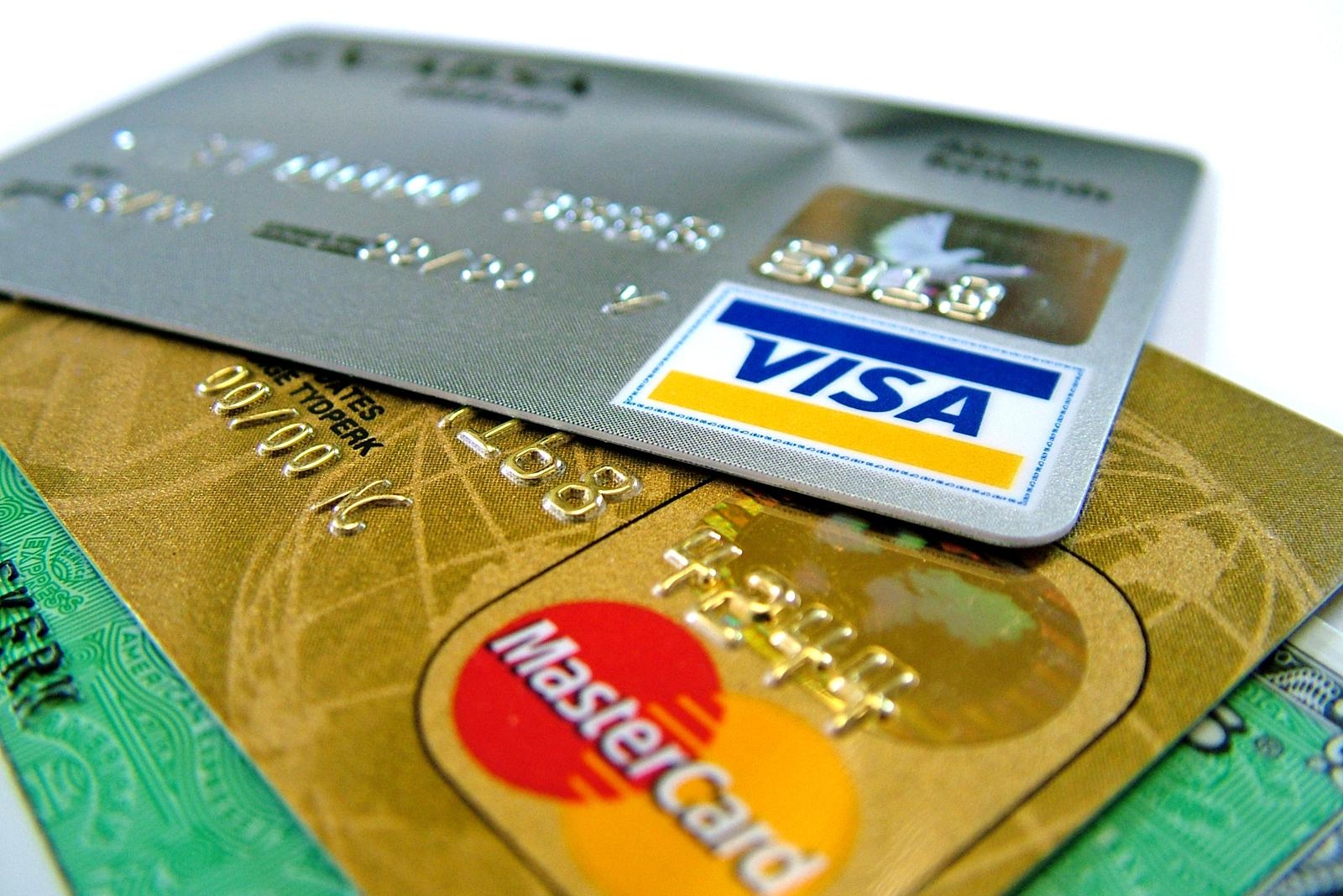A procurement headhunter is responsible for finding suitably qualified individuals in the logistics industry. Process managers are currently in high demand across the globe as the logistics industry is witnessing a surge in demand for qualified individuals in this field.
The 7 Key Steps of a Procurement Process
Procurement is concerned with building relationships with suppliers and securing the most favorable contract terms for a business in order to save on costs and reduce time in the procurement process. Procurement aims to streamline methods of the procurement process. Procurement can be direct or indirect, proactive or reactive in its methods.
Needs analysis
This process is concerned with identifying the needs of the business in terms of procurement. It is the planning phase where goods and services are identified for procurement from reliable suppliers. The aim is to streamline this step as much as possible to ensure that goods and/or services are delivered in a timely fashion and at a reasonable price.
Purchasing requisition
Purchase requisitions are documents formulated by internal staff members. These documents hold key pieces of information regarding the desired goods/services that need to be procured. The procurement department receives these documents and acts upon them. These documents are either written or electronic.
Requisition review
Purchase order software can be implemented in this stage. Requisitions are reviewed and checked. It is measured against the available budget and approved or denied based on the assessment of management. Approved requisitions become purchase orders and rejected requisitions are returned.
Solicitation
Individual procurement plans are developed on approved purchase orders. The procurement team will solicit vendors for quotations once the budget has been approved. The main aim is to find and shortlist the ideal vendor.
Contract and evaluation
During this phase, the evaluation committee will compare quotes to find the most favorable one. When the vendor has been selected, negotiation will commence. Upon signing the contract, the PO is forwarded to the vendor. The contract becomes legal and binding as soon as the vendor accepts and acknowledges receiving the PO.
Order management
The vendor proceeds to deliver the goods in a timely fashion. Once received, goods are inspected. Any defaults are relayed back to the vendor.
Approval and disputes
This step is crucial. Invoices can be compared to PO to assess if the correct order was received at the correct time with no problems. There is various software available to help with this step.
Record keeping
All documents are kept for auditing and bookkeeping purposes.








Leave a Reply